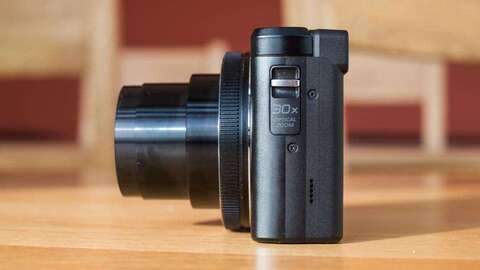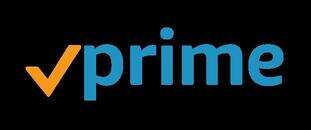Panasonic TZ80 review - pocket-sized but feature-packed
The Panasonic TZ80 is the latest in a long line of pocket ultra-zoom cameras, cramming a 30x zoom into a camera that won't weigh you down when you're out and about. It's a strong concept but these cameras have always struggled in low light. That's because their small sensors and narrow apertures don't capture much light, so photos taken in low light tend to exhibit a lot of noise.
With last year's Panasonic TZ70 , the company plumped for a relatively modest 12-megapixel sensor, down from 18 megapixels in the Panasonic TZ60 that came before it. It was a brave move, as the average punter associates more megapixels with better quality. However, the lower pixel density means more light for each pixel, which reduces noise. The TZ70 produced cleaner photos than the TZ60 with barely any detriment to detail levels. For the TZ80, Panasonic appears to have lost its bottle and gone back to an 18-megapixel sensor. I'll examine what this means for image quality later in this review.

Externally not much has changed, although it's a little chunkier and heavier than previous models. There's a reasonably substantial handgrip to hold onto but the flash is located just above and risks being covered up by a finger. The lens specifications are identical to the previous two models, and there's the same electronic viewfinder with a respectable 1,166,000-dot resolution. I find viewfinders a bit odd to use on compact-shaped cameras but you may feel differently.


A lens ring controls manual focus, aperture or shutter speed control, depending on the selected mode. There's also a rear wheel for exposure adjustments and swift menu navigation. Unlike its predecessors, this model includes a touchscreen, which greatly speeds up autofocus point selection and is welcome for menu navigation, too.
4K video
This is the lowest-priced camera I've seen to include 4K video recording. 4K capture uses a 3840x2160-pixel central area of the 4,896x3,672-pixel sensor. That means the camera doesn't have to resize the image before encoding to AVC format, which reduces its workload and keeps details sharp. It also means the 24-720mm (equivalent) focal length range becomes 33-990mm for 4K video, which is good news for telephoto recording but at the expense of wide-angle range.
Video picture quality was pretty good in bright conditions, and the optical stabilisation managed to keep handheld shots steady at the full zoom extension. Recordings made in low light were awash with noise, though. There's full manual exposure control and touchscreen autofocus for videos, but I'm not convinced that the TZ80 has the picture quality to meet keen videographers' expectations.
4K video encoding requires a fast processor, and this is put to good use for photography too. JPEGs were captured every 0.4 seconds – a big improvement on the TZ70's one-second average – although it sometimes took a break for up to two seconds to catch its breath before continuing. RAW capture took little breaks more often but was otherwise just as fast. Autofocus was quick and reliable in bright light but much slower in gloomy conditions. Continuous mode clocked in at an impressive 8.9fps for 100 JPEGs or 14 RAW shots before slowing. With continuous autofocus enabled, it managed 5.5fps.
The TZ80 also includes the 4K Photo modes that we've seen on various other recent 4K Panasonic cameras. It records 4K video at 30fps but uses whichever aspect ratio is currently selected for photos. Frames from the resulting video can then be saved as 8-megapixel JPEGs. This effectively gives a 30fps photo capture that can run for thousands of frames. There's a slick interface for selecting frames to keep, and the camera saves the video file to card, too. One mode buffers video continuously, and records a second either side of the shutter button being pressed – ideal for capturing fast-moving, unpredictable subjects such as birds.
Buy now from John Lewis & Partners
Post Focus is a brand new feature that once again captures a 4K video and then lets the user choose which frames to save as JPEGs. In this case the objective is to be able to choose which part of the photo should be in focus. It's a nice idea that's well implemented, with a peaking display that shows which part of each frame is in sharp focus and the ability to move the autofocus point around the captured frame. However, I suspect it'll come in more useful for cameras with larger sensors that give a shallower depth of field. On the TZ80, the benefit didn't really justify the effort that's required to use it.